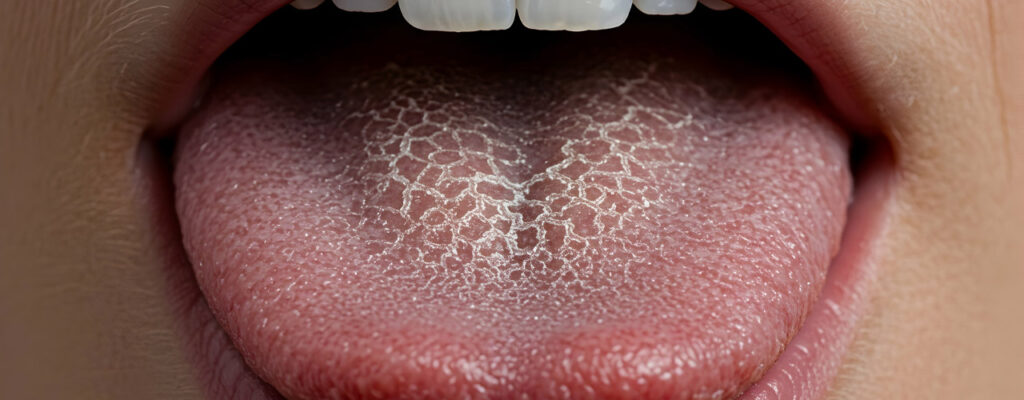
P. García-Alfaro, F. R Pérez-López, S. García Martínez, I. Rodríguez.
Maturitas. 2025 Apr 11:197:108268.
DOI: 10.1016/j.maturitas.2025.108268
The menopausal transition triggers hormonal changes that may manifest as oral symptoms, such as xerostomia. This refers to a subjective feeling of dry mouth that causes discomfort and a burning sensation in the mouth, along with difficulties in swallowing, tasting or speaking, as well as halitosis. All these symptoms can negatively affect women’s quality of life.
SAccording to previous studies, the prevalence of xerostomia ranges from 0.9% to 64.8%, depending on the study population, the age of the participants and the study design. It has also been observed to increase with age and gender differences have been noted, with women experiencing symptoms more frequently than men. A decline in sex hormone levels has been suggested as a key factor in the pathogenesis of this condition, as decreased oestrogen levels may affect the oral mucosa, salivary flow, periodontal tissues and alveolar bone.
To gain further insight, a team of researchers from Dexeus Mujer, led by Dr Pascual García Alfaro, Head of the Menopause Unit, conducted a large-scale study to assess the prevalence and severity of xerostomia and its impact on oral health-related quality of life.
The study was based on responses to a REDCap survey completed by 3,211 women aged between 40 and 90 years. The survey gathered data on age, menopausal status, age at menopause, smoking habits and use of xerogenic medications. It also included two questionnaires: the Xerostomia Inventory, used to assess oral symptoms, and the Oral Health Impact Profile-14 (OHIP-14), used to assess oral health-related quality of life.
The results showed a high prevalence of xerostomia among a representative sample of peri- and postmenopausal women (69.0% and 72.4%, respectively). The severity of xerostomia was classified as moderate. An association was found between xerostomia and smoking, and a strong correlation was identified between the severity of xerostomia and lower oral health-related quality of life.